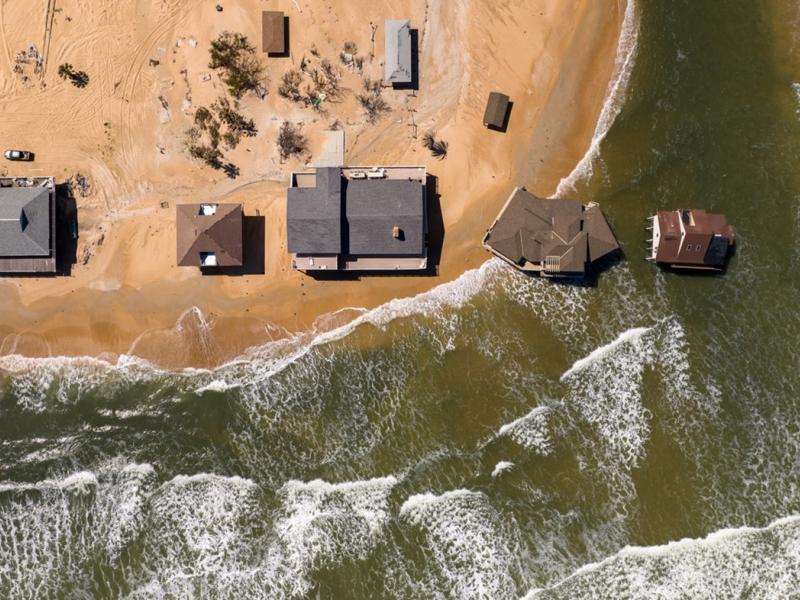
Earth & Coastal
Sciences
Earth & Coastal
Sciences
Improving our understanding
of the Earth system
Improving our understanding
of the Earth system
Hundreds of scientists at PNNL explore key questions about Earth systems—from aquifers to the atmosphere, including the plants, soils, coastal areas and all the environmental science in between.
The Earth system—including the atmosphere above us, aquifers far beneath our feet, and everything in between—is constantly evolving. Understanding this dynamic system, and how it interacts with human activities, is critical for projecting future water availability, the resilience of our energy systems, and how ecosystems might respond to multiple stresses.
PNNL is home to hundreds of scientists tackling key questions about Earth systems—from plants to the atmosphere, and from subsurface zones to coastal areas. We’re in the air, taking sophisticated measurements of clouds and tiny atmospheric particles called aerosols in places like the Amazon. We’re wading into the nearby Columbia River and related watersheds to study the complex processes that occur at the interface between water and land. And we’re on the Olympic Peninsula and in the Great Lakes region, deploying instruments to better understand how ecosystems respond to multiple stresses at the terrestrial-aquatic interface.
We can also be found developing and using a wide range of advanced measurement systems and computational models. PNNL manages two Department of Energy (DOE) scientific user facilities—the Environmental Molecular Sciences Laboratory and the Atmospheric Radiation Measurement user facility—that provide wide-ranging capabilities for probing different aspects of Earth system science. PNNL scientists also have leadership roles in DOE’s Energy Exascale Earth System Model and dozens of other projects focused on improving our predictive understanding of Earth system processes.
The influence of human activities on the natural environment, and vice versa, is a major focus. This includes, for example, accounting for the storage and use of water for agriculture, hydropower, and other human activities when projecting changes in future river flows. At the Joint Global Change Research Institute, a collaboration between PNNL and the University of Maryland at College Park, we develop integrated human-Earth system models and data to provide decision-relevant information across a wide range of scales.




